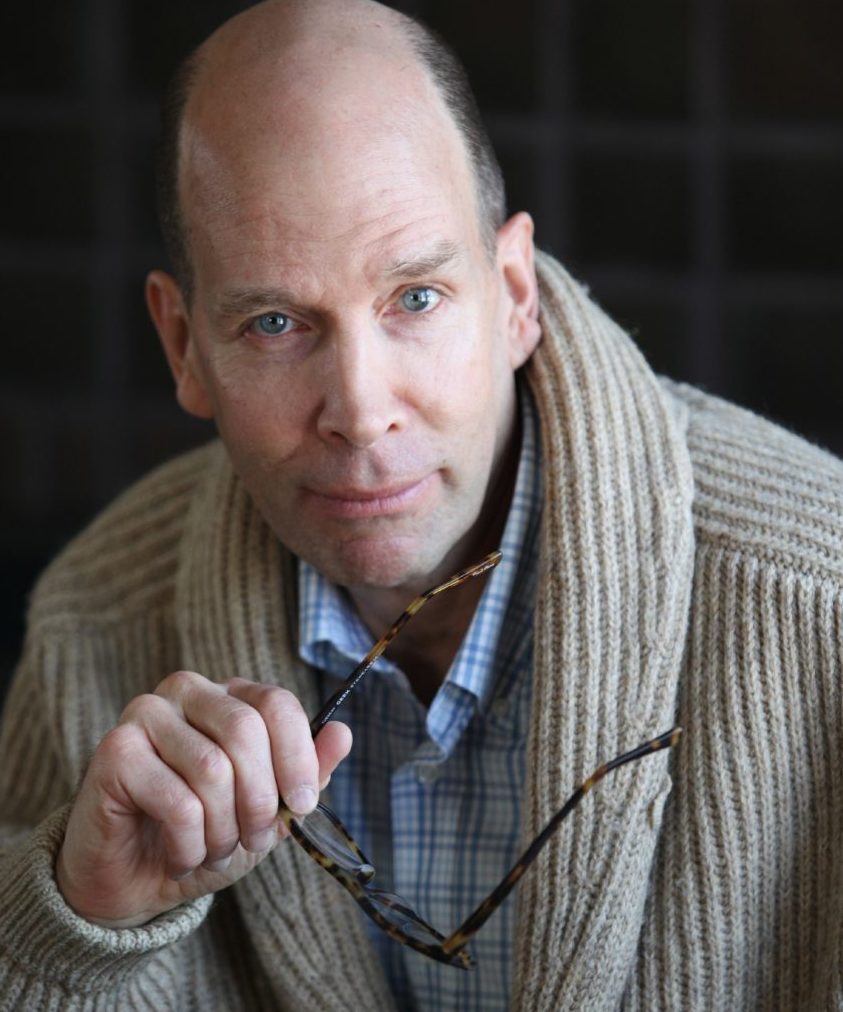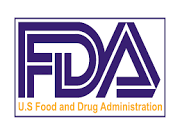
Diagnosed with Cancer? Your two greatest challenges are understanding cancer and understanding possible side effects from chemo and radiation. Knowledge is Power!
Learn about conventional, complementary, and integrative therapies.
Dealing with treatment side effects? Learn about evidence-based therapies to alleviate your symptoms.
Click the orange button to the right to learn more.
- You are here:
- Home »
- Blog »
- side effects ID and prevention »
- Hyperbaric Oxygen Therapy Heals Radiation Damage
Hyperbaric Oxygen Therapy Heals Radiation Damage

Hyperbaric Oxygen therapy (HBOT) heals radiation damage. I know is from personal experience as well as from numerous studies found throughout the Internet. Unfortunately, the article below questions the efficacy of HBOT. The article is an excellent example of the two worlds facing all cancer patients and caregivers. Those two worlds are:
- Conventional FDA approved oncology
- Evidence-based non-conventional oncology
When I say two worlds, I am distinguishing between therapies that have been approved by the FDA and therapies that have not been approved by the FDA.
HBOT has a foot inside each of these two worlds because there are numerous studies saying that hyperbaric oxygen therapy heals radiation damage yet, as the article below explains, HBOT has not been approved by the FDA.
Even though hyperbaric oxygen therapy heals why doesn’t the FDA approve it? I don’t understand how the FDA thinks. HBOT does not have one or more pharmaceutical companies paying for clinical trials. HBOT is not patentable. Oncologist’s and hospitals don’t make money from prescribing HBOT.
How is Hyperbaric oxygen therapy (HBOT) beneficial in treating radiation-induced tissue damage?
- Increased Oxygen Delivery: HBOT involves breathing pure oxygen in a pressurized chamber, which increases the amount of oxygen delivered to tissues. This elevated oxygen level helps to improve tissue oxygenation, even in areas with compromised blood flow due to radiation-induced damage. This enhanced oxygenation can promote healing and tissue repair.
- Reduction of Inflammation: Radiation therapy can trigger inflammation in the treated area, leading to further tissue damage. HBOT has been shown to have anti-inflammatory effects, which can help reduce inflammation and associated tissue damage.
- Promotion of Angiogenesis: Radiation therapy can damage blood vessels, leading to reduced blood flow and oxygen delivery to tissues. HBOT has been found to promote angiogenesis, the formation of new blood vessels, which can improve blood flow and facilitate tissue healing.
- Enhanced Collagen Formation: HBOT can stimulate the production of collagen, a protein that is essential for wound healing and tissue repair. By promoting collagen formation, HBOT can help rebuild and strengthen damaged tissues.
- Decreased Risk of Complications: By improving tissue oxygenation and promoting healing, HBOT may reduce the risk of complications such as delayed wound healing, tissue necrosis, and infection in patients with radiation-induced tissue damage.
Cancer patients, survivors and caregivers look to oncology to manage their cancer. If FDA approved “safe and effective” therapies prescribed by oncology cause debilitating, life threatening short, long-term and/or late stage side effects, patients and survivors look to oncology for therapies shown to heal these side effects.
Hundreds of thousands of cancer patients have undergone radiation therapy. Thousands of these patients experience side effects and would have benefited greatly from HBOT.
I am a long-term cancer survivor who underwent several courses of radiation therapy. This therapy alleviated extensive bone pain though it caused a great deal of long-term damage.
I could have been one of the thousands of cancer survivors who would have benefited from HBOT. By the time I figured out the difference between conventional and non-conventional therapies, it was too late for me to benefit from HBOT.
Are you a cancer patient or survivor? Are you considering undergoing radiation or have you completed radiation therapy? If you would like to learn more about evidence-based non-conventional cancer therapies email me at David.PeopleBeatingCancer@gmail.com
Hang in there,
David Emerson
- Cancer Survivor
- Cancer Coach
- Director PeopleBeatingCancer
Hyperbaric Oxygen: Effective Against Cancer Radiation Harm?
“Although a new study of hyperbaric oxygen therapy in JAMA Oncology has been ” anxiously awaited” by breast radiation oncologists, the trial does not provide the smoking gun evidence that would justify its routine use, according to experts.
Here’s a snapshot of the current state of affairs regarding hyperbaric oxygen therapy in breast radiation oncology…
What Is the Current State of Play?
In 2021, the US Food and Drug Administration (FDA) cleared the therapy for a variety of disorders, including radiation injuries. Some health insurers may coverthe procedure as well.
Still, the FDA has cautioned clinicians “to be wary of unproven claims of effect…”
Despite the FDA clearance, there is limited evidence to suggest hyperbaric oxygen therapy reduces the late toxic effects of breast irradiation, and the research to date has largely come from small and non-randomized studies…
While the procedure is “seldom used by many in practice,” there is growing industry for the procedure. More than 1000 facilities in the United States offer hyperbaric oxygen therapy, but only about 15% are accredited by the Undersea and Hyperbaric Medical Society, which may signal misuse of the procedure…
Does the Latest Study Clarify Whether This Therapy Works?
The most recent evidence on hyperbaric oxygen therapy comes from a single-institution, randomized trial from the Netherlands, dubbed HONEY. In the trial, 189 women who experienced late toxic effects following adjuvant breast radiation were randomized 2:1 to hyperbaric oxygen therapy or a control arm. Of the 125 women offered hyperbaric oxygen therapy, only 25% (31 patients) accepted and completed treatment; those who declined received usual follow-up care…
Among women who completed hyperbaric oxygen therapy, 32% (10 of 31) reported moderate or severe pain at follow-up vs 75% of controls — a 66% reduction. Similarly, 17% of women who completed hyperbaric oxygen therapy reported moderate or severe fibrosis at follow-up vs 86% among the hypothetical treatment-completing controls — an 86% reduction. However, the authors did not observe a significant effect of hyperbaric oxygen therapy on breast edema, movement restriction, or overall quality of life…
Overall, hyperbaric oxygen therapy “seems effective for reducing pain and fibrosis in women with late local toxic effects after breast irradiation,” concluded investigators led by Dieuwke R. Mink van der Molen, PhD, a researcher at the University Medical Centre Utrecht, Utrecht, the Netherlands. However, most patients offered the therapy declined the invitation, largely because of the “high treatment intensity” burden. (?)
Will the Latest Evidence Usher This Therapy Into More Standard Use?
Probably not, the editorialists concluded.
The HONEY trial “reminds us that convenience has become a factor weighted heavily by patients during the process of decision-making,” Hahn and colleagues wrote. “Despite experiencing relatively severe symptoms, many declined hyperbaric therapy after being counseled by HONEY investigators about the time commitment…”
Despite its limitations, the trial does offer “modest evidence to justify the use of [hyperbaric oxygen therapy] in treating the chronic morbidities associated with breast irradiation,” the editorialists said. But an “adequately powered randomized, sham-controlled, double-blind trials will be necessary to truly determine the benefit…”


